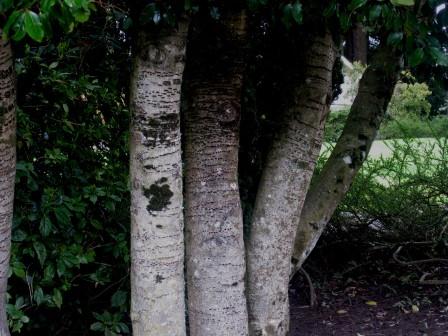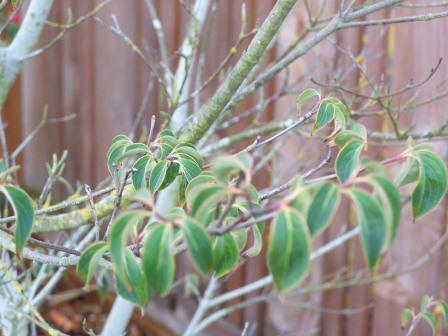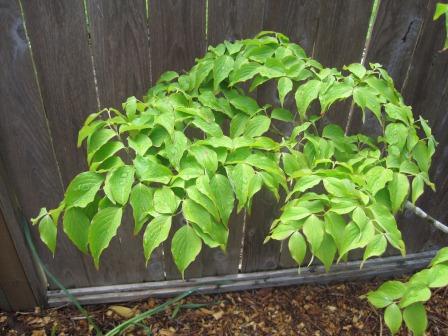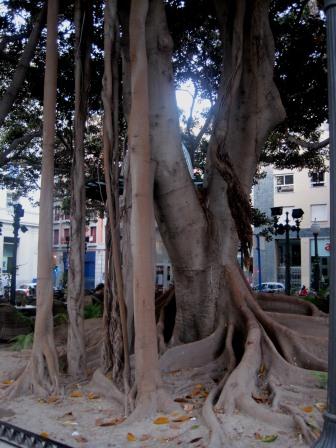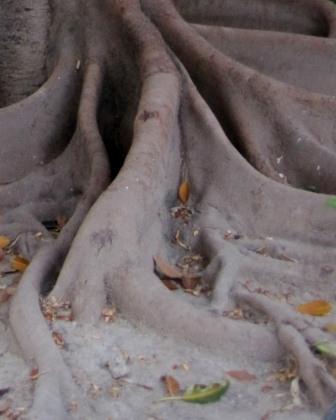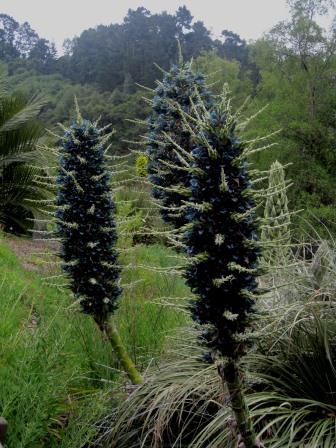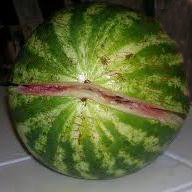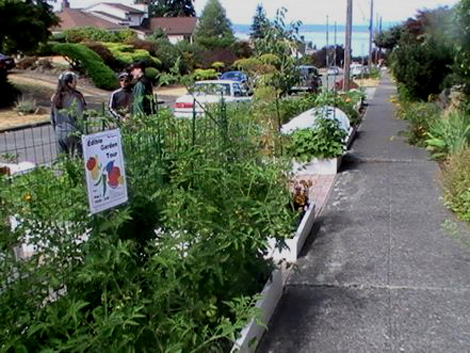I get a lot of questions about a lot of different products and practices. New topics send me to the scientific data bases and that’s where I went for today’s posting. One of my garden writing colleagues asked me about colored glass rooters – glass containers in different colors that can be filled with water and a plant cutting. The conventional internet wisdom, according to my colleague, is that green and blue glass rooters are the best.
The first mention I could find of such a practice is from an 1801 publication called The Cottage Gardener. In it, we’re informed that for rooting cuttings “such coloured glass is useless; it has no influence over the production of roots.” Nevertheless, 200 years later web postings like “I have found that cuttings placed in colored blue or green glass root faster than clear glass” are taken as solid evidence that blue or green glass containers are best for rooting cuttings.

There is science behind different colors of light and rooting, but it’s a little more complicated. Chlorophyll absorbs red and blue light best, so plants whose leaves are exposed to red and blue light grow well and tend to produce a healthy flush of roots. On the other hand, plants whose roots are exposed to blue light have decreased root growth compared to those under white light conditions. In this case, the photoreceptor called cryptochrome might be responsible for inhibition, as it is a blue light absorber. Similarly, plant roots exposed to green light do not grow as well as those exposed to white light.

In my opinion, this is another example of aesthetics trumping science. Of course colored glass rooters are more attractive that plain old glass jars. And that’s a perfectly valid reason to use them as part of one’s home decor. But it’s not science, nor is it necessarily the best way to encourage rooting.
What seems to be most important in rooting cuttings in water is to use indirect lighting (north-facing windows in the northern hemisphere, for example) so that the water doesn’t get too hot. And keep in mind that not all species root well from cuttings.
